12 Hurricane-Resistant Landscaping Ideas for Jacksonville
BY LAUREN BRYANT | MARCH 27TH, 2023 | FLORIDA, JACKSONVILLE, LAWN CARETropical weather isn’t all beautiful. Sunny weather may be followed by a tropical storm or a hurricane. While there’s only so much you can do to protect your home, hurricane-resistant landscaping can minimize damage and make cleanup easier. Here are 12 ideas to implement in your yard to help your landscaping weather the storm.
In this article, we’ll cover:
12 Hurricane-Resistant Landscaping ideas for Jacksonville
- Choose Plants with Good Salt Tolerance
- Plant Wind-Tolerant Trees
- Maintain and Inspect Your Trees Regularly
- Keep Large Trees Away From Power Lines and Your Home
- Cover or Wrap Up Plants
- Use Soft Mulches
- Build a Seawall
- Install Sturdy Fencing
- Remove Storm Hazards
- Keep Storm Drain Paths Clear
- Clean Gutters
- Turn Off Automatic Sprinklers
12 Hurricane-Resistant Landscaping Ideas for Jacksonville
Hurricane season lasts from June 1 to Nov. 30, and during the hurricane season, Floridians don’t want to be caught off-guard. With winds reaching speeds over 157 mph, hurricanes cause a lot of wind damage and often lead to flooding.
For hurricane preparedness, here are some tips to keep your yard safer so you can be ready for the next time a tropical storm strikes Jacksonville.
1. Choose Plants with Good Salt Tolerance
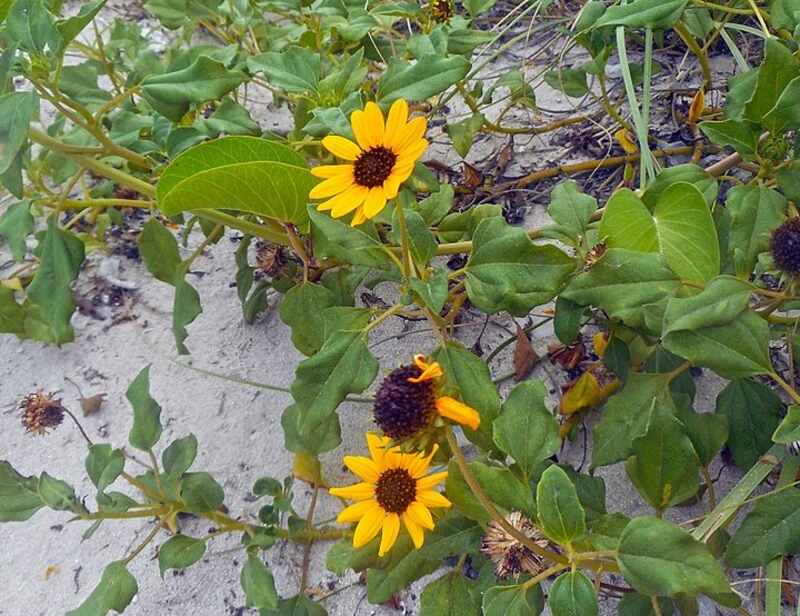
Photo Credit: Daniel Di Palma / Wikimedia Commons / CC BY-SA 4.0
Seeing all your hard work go down the drain is heartbreaking if you’re a plant lover. The additional salt water from tropical storms can cause plants to wilt, halt growth, or die. Some plants are susceptible to salinity, but others are more salt tolerant and better adapted to coastal areas.
Native plants are more likely to survive local weather and are lower maintenance. However, other plants may be able to brave the storm, as well. Here are some salt-tolerant plant recommendations from the University of Florida Institute of Food and Agricultural Sciences (IFAS):
Groundcovers and flowers:
- Beach sunflower
- Calendula
- Gaillardia
- Gopher apple
- Railroad vine
- Seaside goldenrod
- Zinnia
Grasses:
- Fakahatchee grass
- Muhly grass
- Sea oats
Vines:
- Bougainvillea
Trees and shrubs:
- Agaves
- Coontie
- Firebush
- Hibiscus
- Lantana
- Live oak
- Magnolia
- Oleander
- Pineapple guava
- Sabal palm
- Saltbush
- Saw palmetto
- Soapberry
- Southern red cedar
- Wax myrtle
- Wild coffee
- Yaupon
- Yucca
What about your lawn? St. Augustinegrass and Zoysiagrass are good turfgrass choices for Jacksonville and can handle more salt than other grass types.
Cost: Planting a tree costs homeowners between $90 and $3,212. Flower bed planting costs between $861 and $3,100. You can save money by planting them yourself, but research the plant thoroughly before planting, so you set it up for success.
2. Plant Wind-Tolerant Trees
Trees are a significant hazard during hurricanes. They could fall on your home, fence, or car, causing costly damage. While no tree is entirely immune to high winds, research from the University of Florida has shown these trees to be most wind-resistant:
- Bald cypress
- Crapemyrtle
- Live oak
- Sabal palm
- Sand live oak
- Southern magnolia
Want to know which trees have poor wind resistance? Avoid these species:
- Chinese elm
- Laurel oak
- Sand pine
- Water oak
Cost: Planting a tree costs homeowners between $90 and $3,212.
3. Maintain and Inspect Your Trees Regularly
Is your tree at risk of falling? Besides species, tree health is another factor determining which trees survive hurricanes. Sick, diseased, damaged, rotting, and pest-infested trees aren’t in peak condition to face stormy weather. Look for any changes in your tree’s health, and call a certified arborist to assess whether the tree needs to be treated or removed.
Even if your trees are healthy, pruning and reshaping will improve their wind resistance. Train your young trees to have one dominant trunk and well-spaced branches. To prepare for a hurricane, contact an arborist to prune any trees over 15 feet tall and remove branches that could pose a danger to your property.
Cost: Tree trimming costs between $227 and $708. Want to trim your hedges and bushes as well? Expect to pay between $56 and $85 per hour for hedge trimming and $7 to $24 per bush or $45 to $75 per hour. You can trim small plants yourself, but leave large trees to the pros.
Arborists may offer advice on tree trimming or removal for free but charge $40 to $550 for in-depth consultations or services performed.
4. Keep Large Trees Away From Power Lines and Your Home
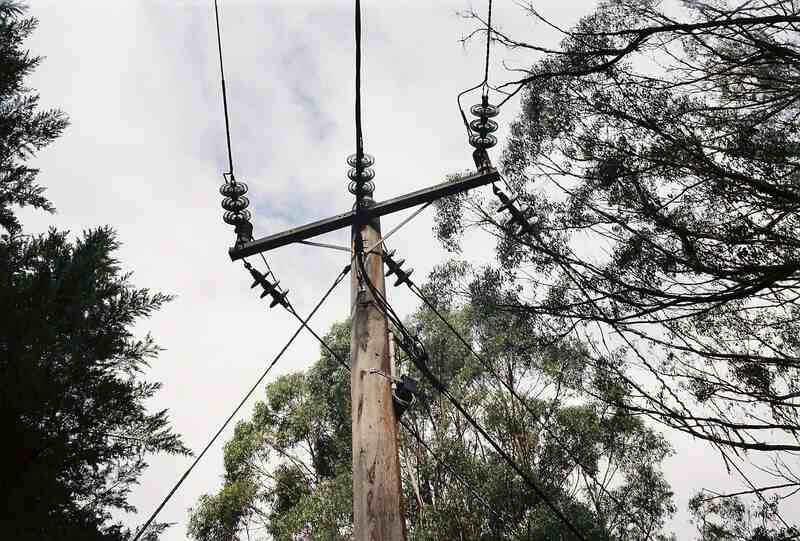
Photo Credit: Matthew Paul Argall / Flickr / CC BY 2.0
Trees are much more dangerous near power lines and your house. They could smash through your roof or take out your power. Don’t plant trees or other tall plants too close to your home or power lines, and move or cut down existing trees that pose a danger.
Cost: Tree transplants cost between $229 and $5,440. Tree removal costs between $323 and $2,089.
5. Cover or Wrap Up Plants
Hardy plants are an excellent first step, but you should also provide extra protection before the storm hits. Wrap trees and large plants with burlap and small plants with a floating row cover. Make sure to secure them to the ground with garden stakes. While these covers may fail in severe hurricanes, they’ll likely reduce some damage in your yard.
Cost: Depending on the size, burlap costs between $7 and $180 per roll. Floating row covers cost $11 to $240 per cover, with agricultural covers costing even more.
6. Use Soft Mulches
Mulch controls weeds in your garden, but hurricanes scatter pieces all over your yard. Avoid hard mulch types like gravel. Strong winds can send them flying through the air and possibly through your windows. Here are some soft mulch types that will cause less damage and be easier to clean up:
- Bark or wood chips
- Cypress mulch
- Grass clippings
- Hemlock
- Newspaper
- Pine bark
- Pine needles
- Shredded hardwood
- Straw
Cost: Mulch costs between $45 to $100 per cubic yard, depending on the type. You also can make mulch for free from grass clippings, pine needles, or newspaper.
7. Build a Seawall
Flooding is a significant source of damage during hurricane season. A seawall is the first line of defense against rising water levels, redirecting floodwaters away from your property. They are beneficial for properties next to the ocean or rivers. Choose from materials like concrete, wood, steel, and vinyl.
Cost: Seawall construction costs between $215 and $843 per square foot, depending on the material.
8. Install Sturdy Fencing
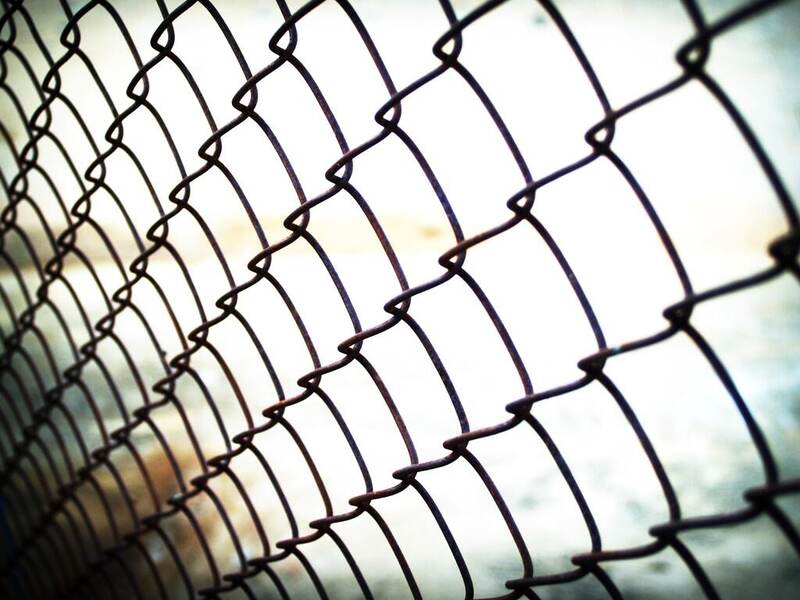
Photo Credit: Pxhere
If those winds are strong enough to knock down trees, they can destroy most fences. Privacy fences often fall because their large surface area takes the brunt of the wind and floodwaters. Concrete and brick fencing may hold up better, but other materials will be more likely to survive if they have gaps to let the elements through. Consider picket, shadowbox, lattice, or louvered designs.
Chain-link and metal fences are your best bet if you want to see your fence still standing after the storm. They might be dented by flying objects, but that repair will be easier than a splintered wooden fence.
Cost: Metal fences cost between $21 and $57 per linear foot, depending on the type of metal. Chain-link fences, also known as cyclone or hurricane fences, cost between $12 and $37 per linear foot.
9. Remove Storm Hazards
That comfy lounger on your patio may not be so lovely after it’s been thrown around by the wind and flood waters. Your outdoor furniture and decor could easily be damaged or damage other property. Move anything not bolted down to a secure location, such as a shed or garage, so you won’t need to recover or repair them after the storm.
Cost: Nothing if you already have a shed or garage to store your items in.
10. Keep Storm Drain Paths Clear
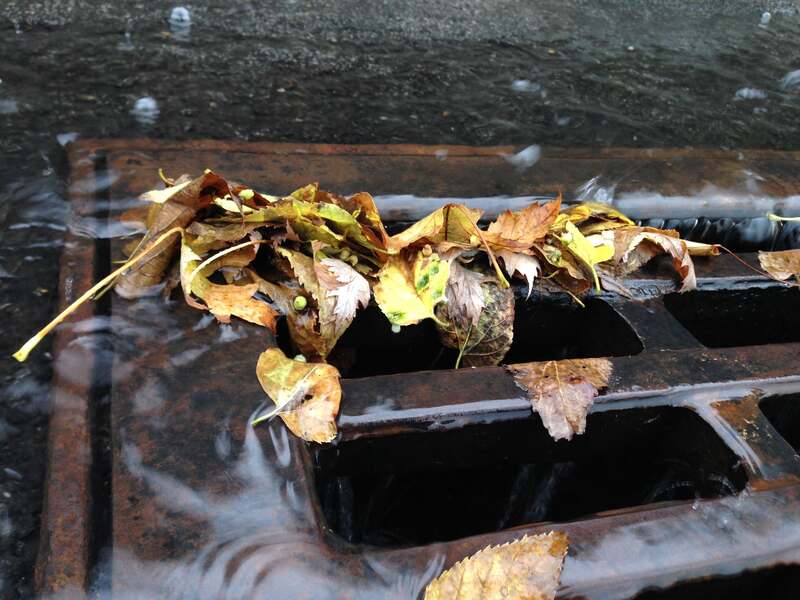
Photo Credit: Dan Keck / Flickr / Public Domain
Storm surges during the hurricane can flood your yard. That water won’t leave if it doesn’t have a clear path to nearby storm drains. Leaves and debris can clog the drains, causing flooding for you and your neighbors. Keep your yard clean from debris and avoid placing landscaping features between your yard and the drain if they might prevent water flow.
To avoid standing water in a sloped yard, install a French drain. French drains are ditches filled with gravel with a perforated drain pipe underneath. Rather than pool in your yard or create unwanted rivers, the water will follow the French drain to the municipal storm drain. These installations can redirect water away from your foundation and prevent flooding inside your home.
Cost: Yard cleanup typically costs between $153 and $374 but can cost as much as $1,059 in extreme cases. French drains cost between $500 and $18,000.
11. Clean Gutters
Leaving gutters clogged before a hurricane is asking for trouble. To avoid unnecessary flooding, clean your gutters twice a year. It’s best to start with the cleanest slate possible so the leaves don’t pile too high and cause more damage.
Cost: Gutter cleaning costs between $72 and $424. Costs will be on the higher end for large and multi-story houses.
12. Turn Off Automatic Sprinklers
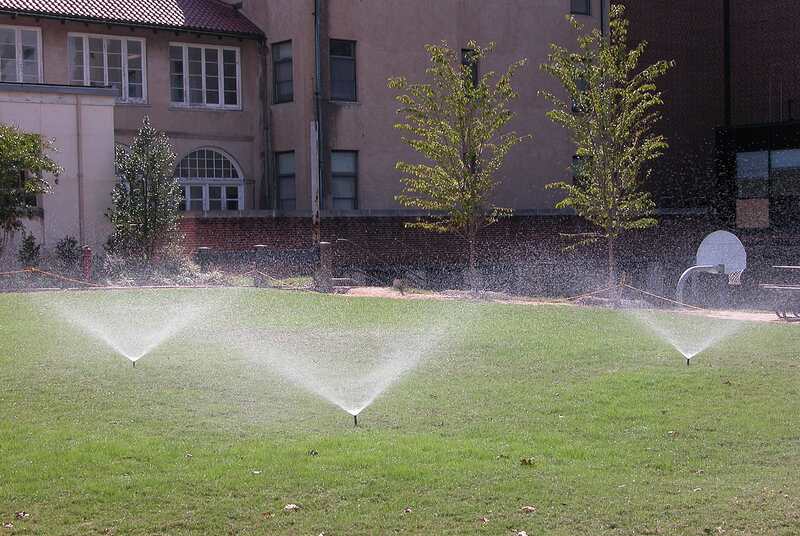
Photo Credit: Ildar Sagdejev / Wikimedia Commons / CC BY-SA 3.0
Automatic sprinklers make our lives easier most of the year, but more water is the last thing your lawn needs during a hurricane. Your yard will already be saturated for a long while after the storm, and your plants will need to recover from the excess water. You may also want to turn off your water entirely to avoid damage from burst pipes.
Cost: None. You will actually save money on your water bill.
Protect Your Jacksonville Home Before a Hurricane Strikes
Hurricanes are a risk to homeowners all over Florida, and Jacksonville is no exception. Because Jacksonville is right on the coast, even a brush with a hurricane can cause major flooding in the city. Some damage is inevitable, but preparedness can save money and time as you pick up the pieces.
While you can make your landscape more resilient in storms, it can’t protect you. Create an emergency evacuation plan to keep you and your family safe.
FAQ About Hurricane-Resistant Landscaping
Hurricane prediction isn’t a perfect science. Jacksonville residents should expect a bush or direct hit from a hurricane every two or three years, with direct hits landing every 11 to 12 years. Direct hits cause the most damage, but even a brush can cause significant damage.
In Florida, hurricane season falls between June and November, with the peak times in August and October. It’s a good idea to start assessing your hurricane preparedness around this time, so you aren’t scrambling to protect your home.
Yes, and not just from hurricanes. The long rainy season from June to November can cause tributaries and creeks to rise and damage nearby properties. The City of Jacksonville warns that any property in the floodplain will likely be damaged at some point, though other properties are also at risk.
Some hurricane preparations you make in your yard will help with these issues, such as clearing paths to storm drains. However, you’ll likely need to make additional preparations.
How a Professional Can Help
You have a lot to check off your hurricane preparedness list to keep your family and property safe. Why not get some help to ease your burden? Local landscaping pros can prep your yard for hurricanes and clean up afterward.
Main Image Credit: christina rutz / Flickr / CC BY 2.0